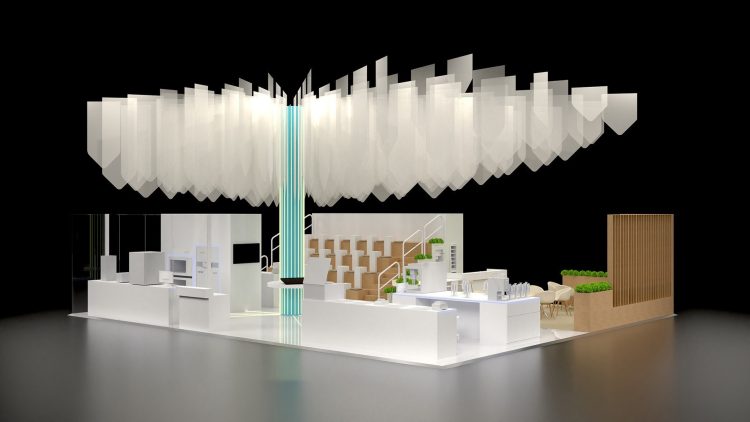Posted on October 07, 2024

Registered and Unregistered Designs provide protection for the appearance of products, allowing right holders to prevent others from making and selling articles that have the same or similar overall appearance as their design.
Registered Designs offer unitary protection across the EU (European Union) for up to 25 years, while Unregistered Designs provide 3 years of protection when a product is marketed first in the EU[1]. These updates are implementing the first significant changes to legislation for over 20 years, and will shape the legal framework for years to come. Changes are being implemented as an EU Regulation (to take effect across the EU, likely early in 2025) and as an EU Directive (to be implemented by EU Member States, likely no later than 2028). The EU Parliament has approved the proposals of the European Commission, and so all that remains is for formal approval by the European Council, expected to take place by the end of 2024.
Through our office in Delft, The Netherlands, Abel + Imray continues to provide direct representation on EU design and trade mark rights at the European Union Intellectual Property Office (EUIPO), complementing our UK offices and allowing us to provide a one-stop shop for UK, European and EU patent, design and trade mark matters, as well as Benelux designs and trade marks.
EU Regulation Changes
Formerly known as Registered Community Designs and Unregistered Community Designs, rights will be referred to instead as Registered European Union Designs (REUD) and Unregistered European Union Designs (UEUD) (in line with recent changes to European Union Trade Marks), and a new symbol recognised as demarking a product as being subject to registered design protection: Ⓓ. A useful administrative update is that multiple design applications will be able to include designs of different Locarno Classifications, allowing for greater savings in fees for design applicants.
More broadly, the updates provide a modernisation and clarification of registered design legislation in Europe, particularly in relation to digital products, bringing legislation better into line with the needs of designers and third parties.
It will be made explicit that a ‘product’ may take a non-physical form (ensuring protection for digital designs), and the list of exemplified products is expanded to include logos, surface patterns and the spatial arrangement of items (such as a shop or restaurant layout). Additionally, the definition of a ‘design’ is broadened to include movement, transition or any animation of features. To support such designs, it will be possible to include video files with an EU registered design application.

Complementing those expanded definitions of ‘product’ and ‘design’, acts prohibited for third parties will include the creating, download and sharing of files for production of a product embodying a registered design. That change is intended to provide protection against unauthorised dissemination of files for 3D printing of design products.
Another benefit to rights holders is that it will be possible to prevent transit of registered design products through the EU, where the rights holder has the right to prevent marketing of the products in the final destination country. Previously, there was no prohibition against transit of goods through the EU provided that products were not destined for sale or use in the EU.
Third parties benefit from a clarification of permissible uses of products, with an explicit indication that reproductions for the purposes of making citations, teaching, comparative advertising, comment, critique or parody do not infringe registered rights. A proviso is that such acts must be compatible with fair trade practices and must not unduly prejudice normal exploitation of the design.
Another particularly important change for third parties is that the previously transitional ‘repair clause’ has been made permanent, and there is no requirement for manufacturers of spare parts to guarantee that parts they sell are being used only for repair. The repair clause exempts from infringement the supply of spare parts for the purposes of repairing a complex product in order to restore its original appearance. However, any third party seeking to rely on the repair clause must provide a clear and visible indication about the commercial origin of the spare part, to allow consumers to make an informed choice between competing products.

EU Directive Changes
An important change is that national unregistered design provisions are to be abolished in favour of EU unregistered designs, effectively harmonising unregistered design protection across the EU.
In a further harmonisation, the updates described above in relation to EU Registered Designs will also apply to national registered design laws across the EU, and national law relating to grounds of non-registrability and invalidity, prior use defence and deferred publication of design registrations will be required to be brought into line with the existing EU Registered Design provisions.
National laws will also need to be brought into line with the updated ‘repair clause’, although in that case an extended transitional period of 8 years will be allowed.
Summary
In our opinion, the coming changes to EU design law bring helpful clarifications and improvements both for design holders and third parties. These updates provide timely adjustments reflecting the increasing importance of digital products. Furthermore, consumers and third party manufacturers alike should benefit from changes to the repair clause.
If you have any questions relating to registered designs, please reach out to your usual Abel + Imray contact.
[1]
Note that while a Registered Design is a monopoly right (meaning that it can provide protection both against copying and against a third party independently developing the same or a similar design after the design application is filed), Unregistered Designs only offer protection against a third party intentionally copying the design.
